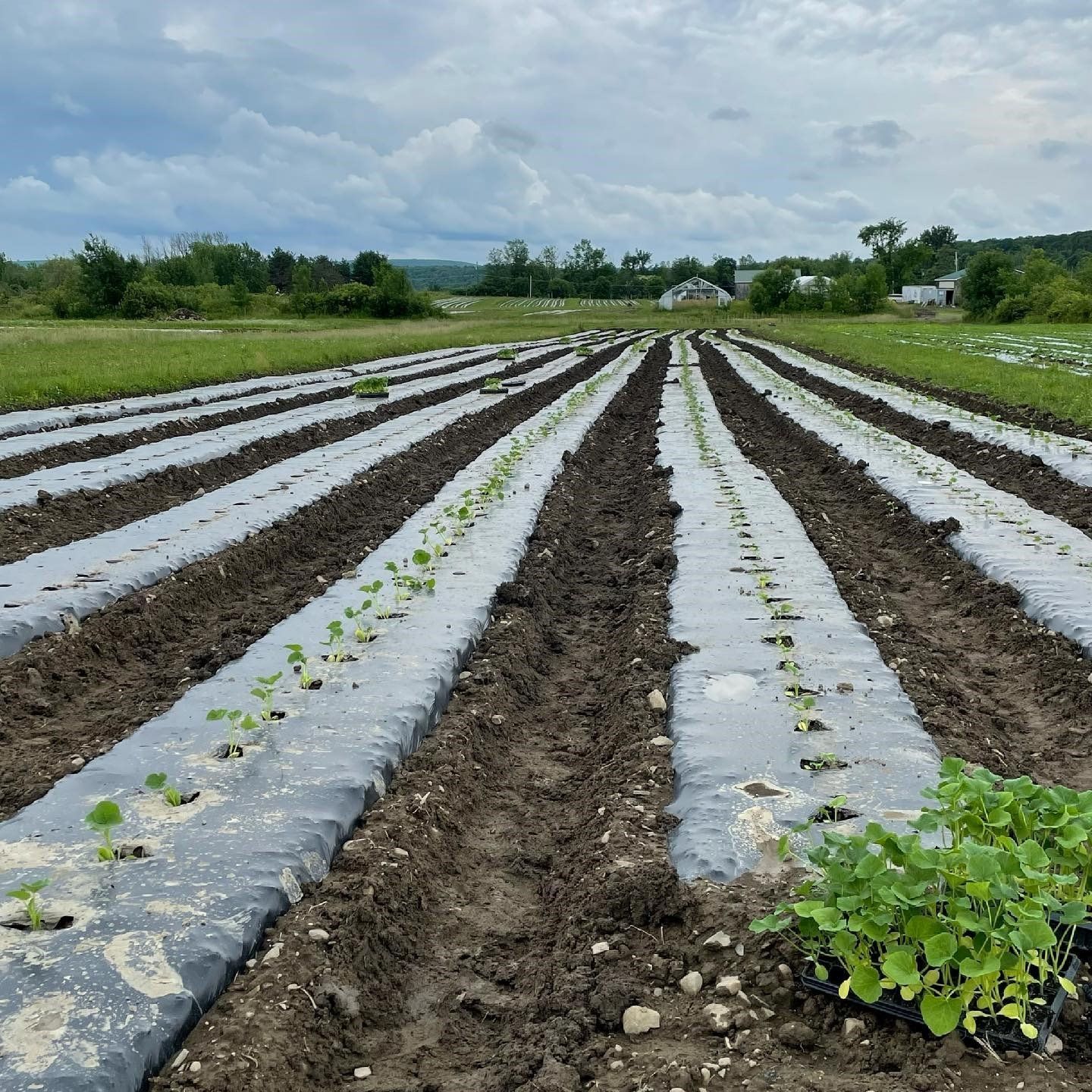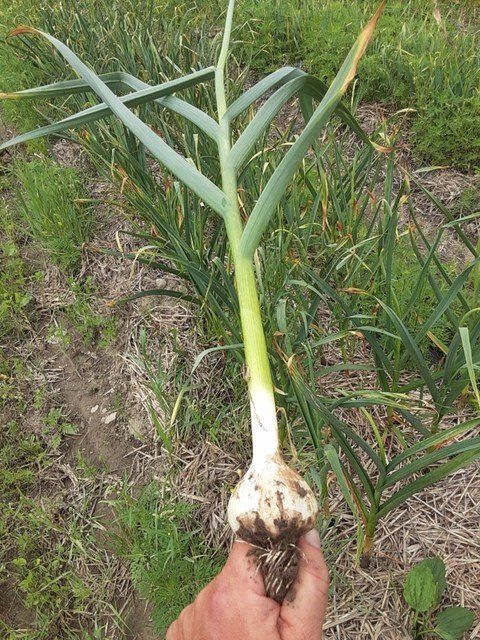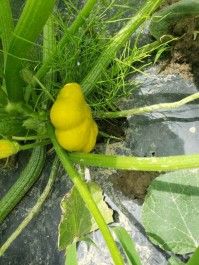Pointed cabbage is a variant of white cabbage and has a slightly sweetish flavor. Due to its delicate leaves, it is not as durable as white cabbage and should be eaten after a maximum of 3 days. It is best stored wrapped in a damp kitchen towel in the vegetable compartment of your fridge.
pointed cabbage also contains plenty of vitamin C and is being low in calories and fat – it’s also one of the most easily digestible types of cabbage. You can prepare it similarly to white cabbage, but keep in mind you won’t need to cook it as long. If you want to freeze pointed cabbage, cut it into smaller pieces and blanch in boiling water for approx. 2- 3 minutes. Stored in the freezer, it will keep for up to half a year.
Patty Pan Squash - Looking Good - Soon On Your Tables
Hello Members - Happy Friday! We had a first this week and hopefully a last! Many who receive deliveries from me, know that the delivery van broke down on Thursday as I was leaving the Farm fully packed with shares! Thank you members for your understanding with late pick ups of your shares - I am happy to report - all shares made it to their sites on Thursday!
We have a new face at the Farm - Allison - We are partnering with Siena College - and the VISTA Summer Associate Program - Allison has joined us all the way from Ohio and will be helping through the month of August! Her first day, on Wednesday, she was harvesting the scallions in your shares this week!
As you can see from this week's vegetable offerings - we are starting to move from greens - greens - and more greens - to what I like to call the "fruit vegetables" - cukes - yellow squash - beets - broccoli - cauliflower- to name a few are beginning to mature and will find there way into your shares more and more each week!
We have a couple of vegetables that I would like to highlight -
White Beets - Beetroot doesn't just come in red varieties, there are white beetroot varieties, yellow / brown beetroot varieties and beetroot called chiogga beets or candy stripe which have alternating rings of white and red. They’re all edible and can be treated the same as far has preparing to eat - some say the white and chiogga beets are sweeter. Beets can be eaten raw, roasted, boiled, steamed, sautéed, made into chips, or pickled. Beet greens can also be eaten raw, steamed, or sautéed and are a good substitution for chard or spinach. In the United States today, about 50% to 55% of sugar production derives from white beets - because of their white color.
Roasted Beets
Ingredients
- 6 medium beets peeled and cut into 1-inch chunks
- 3 cloves garlic minced or crushed
- 1 tbsp rosemary finely chopped (if using dry, use 1 tsp)
- Salt and black pepper to taste
- 2 tbsp extra virgin olive oil
-
Instructions
-
Preheat the oven to 400 degrees F
-
Mix together the garlic, rosemary, olive oil and salt and pepper.
-
In a bowl, place the beets and toss them with the herb-olive-oil mixture.
-
Spread in a single layer on a baking sheet, preferably coated with aluminum foil to make cleanup easier, and roast 35-40 minutes or until the beets are fork tender and golden. Stir once or twice during roasting to make sure they cook evenly.
-
Serve hot or cold.
-
Pointed Cabbage -
How to prepare pointed cabbage: Remove the outer leaves of the pointed cabbage, then quarter it. This way, the stalk can be easily removed and you can cut the pointed cabbage into larger pieces or strips according to the recipe you’re cooking.
For a quick stir-fry, combine it with bacon and carrots or use the tender leaves for cabbage rolls. Steamed pointed cabbage is also a great side dish
Quick Pointed Cabbage
Pointed cabbage is an especially mild, flavorful cabbage. This is an easy way to cook it and you have a yummy side dish.
Ingredients
-
Directions




